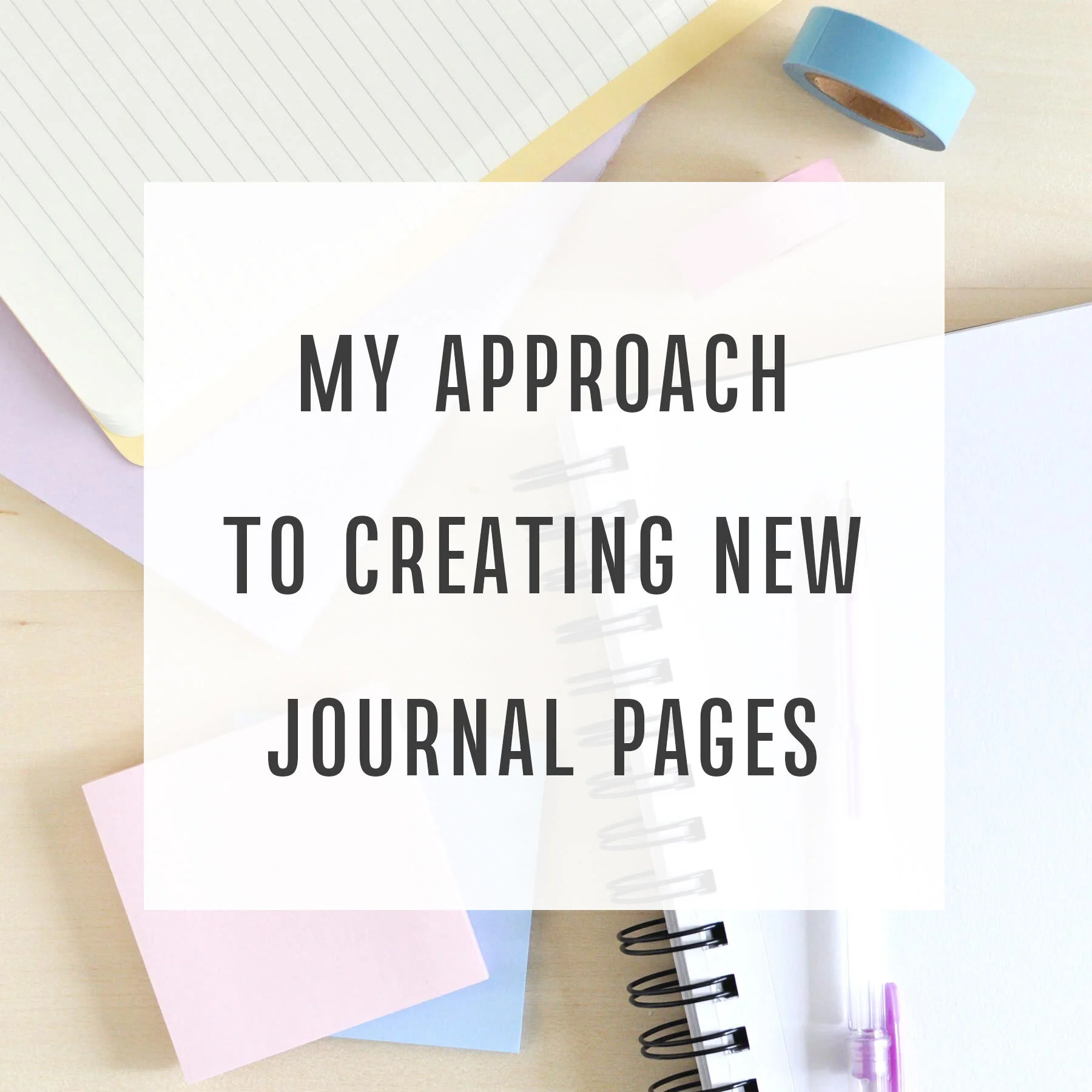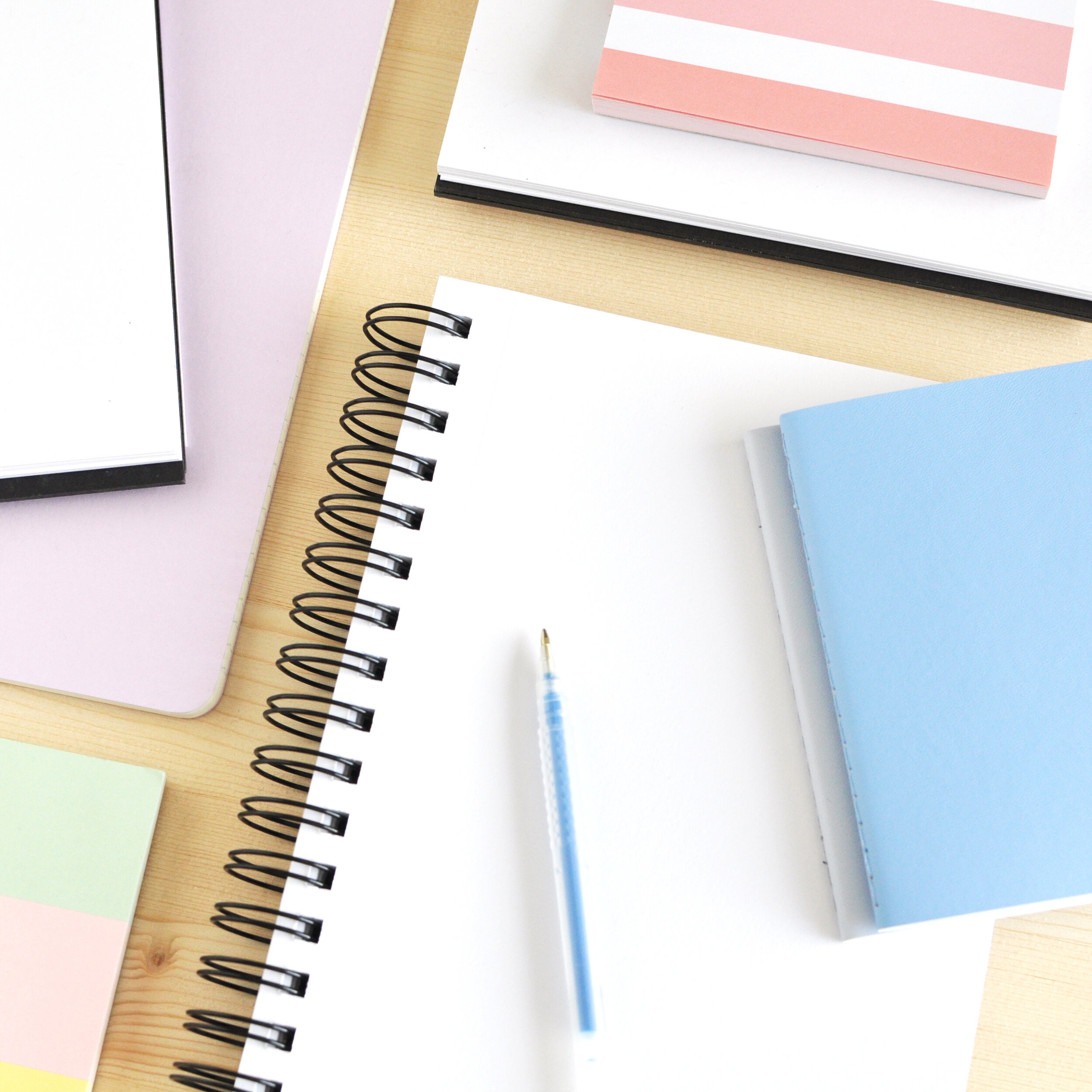From time to time, I struggle to write in my journal, especially when I'm stressed. I tell myself that I don't want to see a parade of negative thoughts in written form or that I don't have the energy to wade through a tangle of emotions. Yet, when I finally do open my journal, I invariably find that there's a lot of good mixed in with the bad. Writing in my journal gives me the perspective I need to recognize all sorts of interesting, even delightful, ways to move forward. Even a super-quick jotdown provides a much needed boost of energy and optimism. Long story short, it's always good to be back and I wonder why I ever stopped!
If you've stepped away from your journal routine and aren't sure how start again, here are four ways I've discovered over the years to find your way back:
1. Gift yourself with the option of going back to your journal guilt-free. If you think you've been away too long, I promise, you haven't. It's never too late to start again. Think of your journal as an old friend who loves you exactly as you are and understands that you can't always be in touch when life gets busy. Your journal is a safe, judgment-free zone for writing what you need to write when you need to write it. Just jump in, start writing, and let the time between entries fade away.
2. Write anything down, anything at all. Start with the date. Then, perhaps, the weather outside. Then, maybe, a thought about your day so far. If the words still don't come, try someone else's words. Write a quote or a line from a song you love, then one thought about why you love it and how it relates to this moment. Write the punchline to your favourite joke, then one thought about why it sticks with you. Alternatively, consider a list: things you're grateful for, good things, people you adore, things you're looking forward to.
3. Keep your journal in a place where you'll see it when you're most likely to write. If you're an early morning or nighttime writer, keep your journal on the nightstand. If you're a daytime journaler, try giving it a spot on (or in) your desk or in your handbag, where you're sure to find it during the day.
4. Even if you don't feel like writing, pick up your journal and read a page or two from a previous entry. You may find yourself returning to a memory that makes you smile. You may realize how far you've come since you last wrote. You may find compassion for yourself and the challenges you face. You may find a little inspiration and energy for the days ahead. You may feel the urge to write again! I tend to find a lot of humour in my previous journal entries. I'm forever trying new, often odd, things with mixed results. I take myself and my missteps a lot less seriously in my journal and it's a perspective on life that always cheers me up!
I hope these tips will help you find your way back to your journal. If they do, let me know which ones worked for you by leaving a comment below. I'd love to hear from you!











